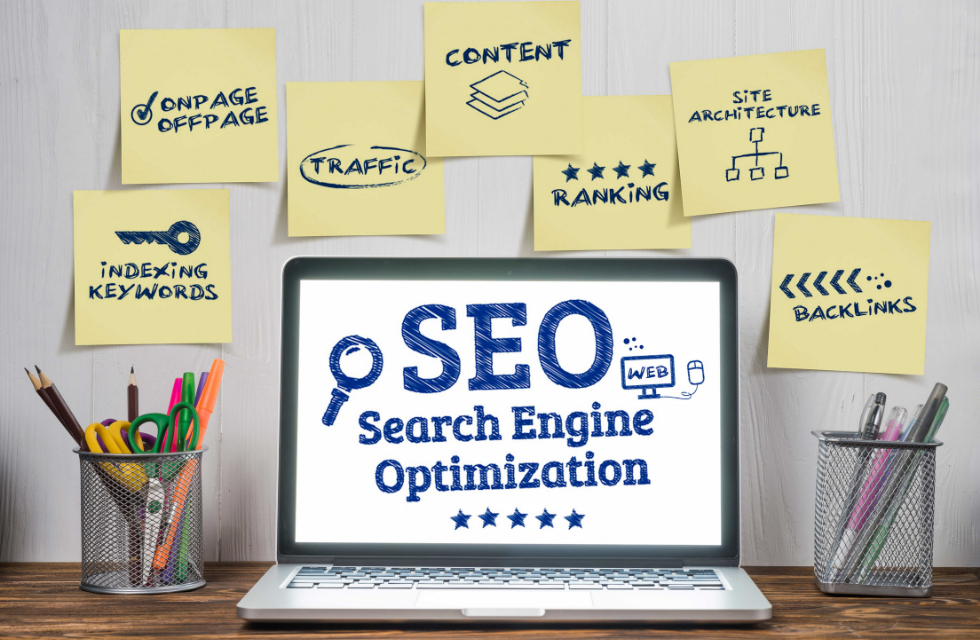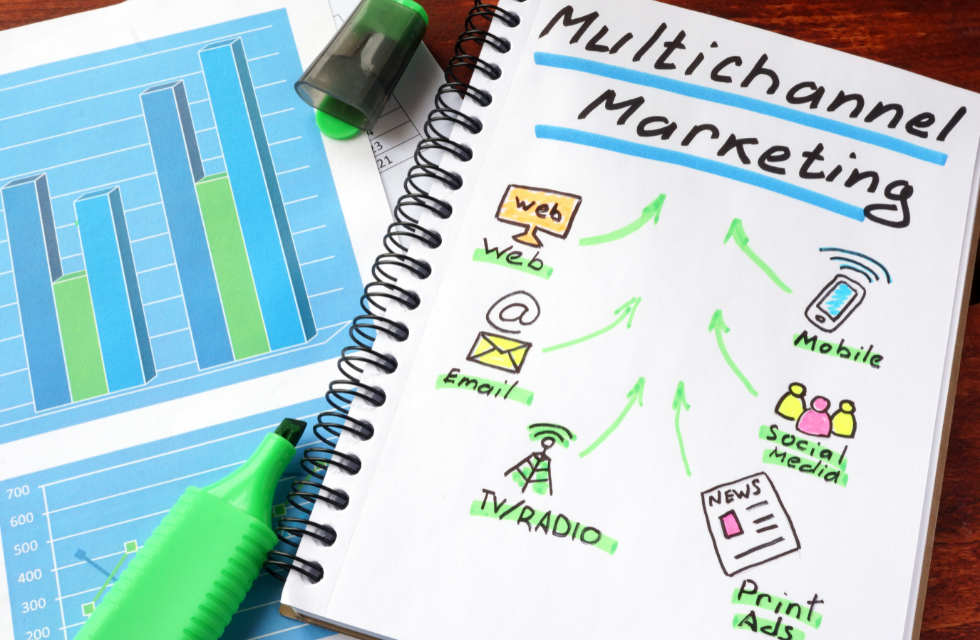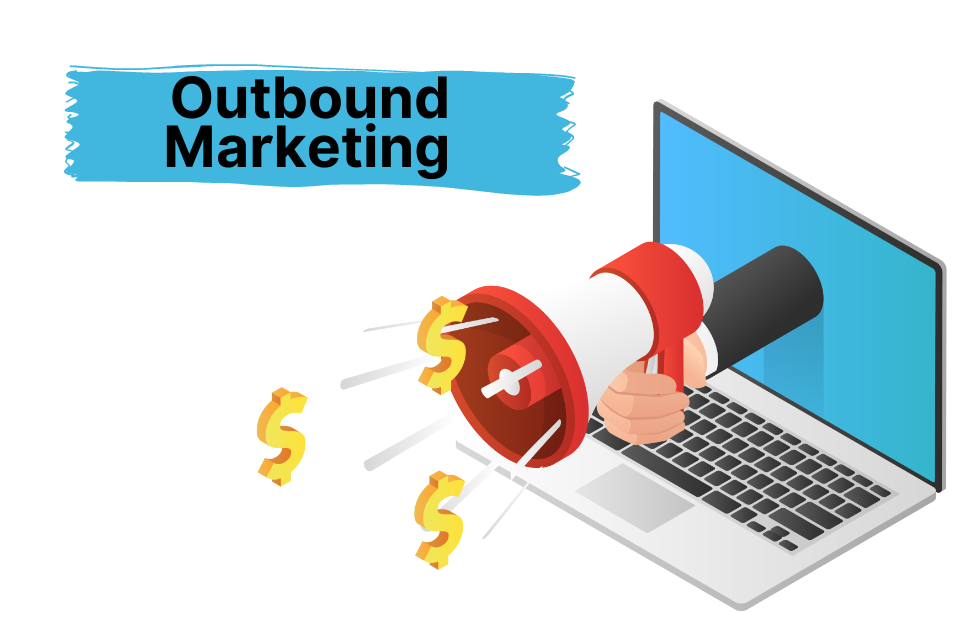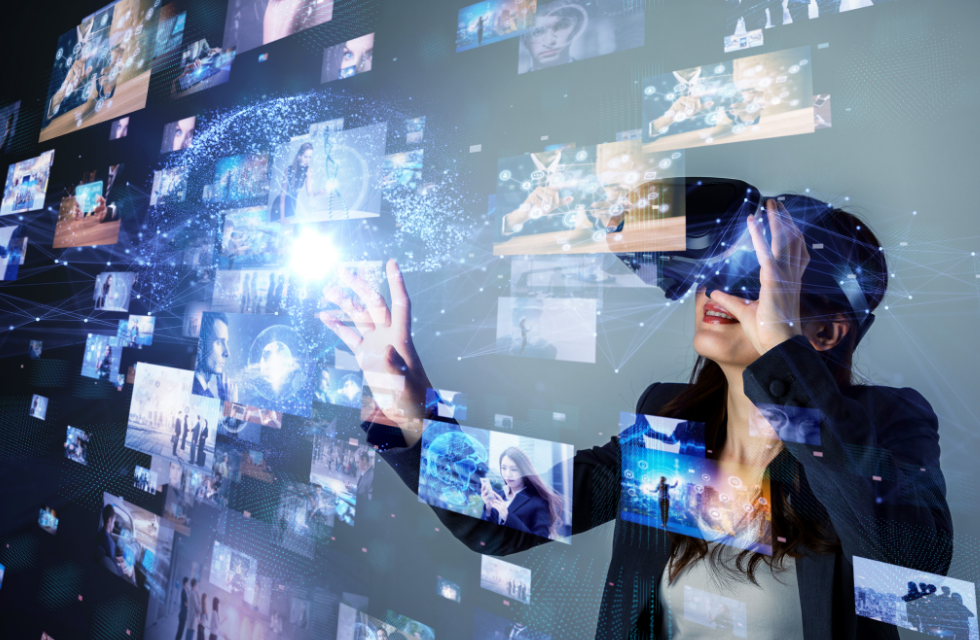The digital marketing landscape constantly introduces newer solutions to engage audiences more effectively. One of the latest marketing trends is Augmented Reality to provide customers with immersive, personal experiences that are convenient and accessible.
Augmented Reality Marketing is a powerful tool that helps businesses enhance brand value and increase engagement in the most relatable way through mobile devices.
In this guide, let us explore what augmented reality marketing is about, how it applies to the modern eCommerce and retail industry and how businesses can leverage the trend to their benefit.
What Is Augmented Reality Marketing?
Augmented reality marketing means integrating augmented reality technology into your marketing content. Alternatively, it can be understood as a powerful marketing strategy that allows brands to provide a much-needed personal touch in customer interaction.
This technology can be used alongside other marketing tactics to promote brand awareness so that your audiences can learn about your products and services in a unique, immersive way.
Augmented reality gives brands a competitive advantage through experiential marketing that engages all the senses and builds a better emotional attachment than conventional advertising methods.
By allowing consumers to interact with products and services with improved personalization, this type of marketing effectively forms lasting memories that drive brand awareness, loyalty, and value.
Augmented reality solutions engage and retain customers better, save time, and simplify purchase decisions.
Benefits of Augmented Reality Marketing
Augmented reality has recently attracted increasing attention as the eCommerce and retail industry evolves.
AR can bring the in-store experience into customers' homes, giving them a chance to see how a product they are interested in looks, feels and fits without having to touch and try it physically.
AR allows brands to show how their products or services stand out rather than simply bombarding prospects with marketing material, facilitating a better connection and interaction that translates into conversions and sales.
Here are a few benefits of using augmented reality in your marketing strategy.
Promote The Brand Effectively
Marketing and advertising campaigns are generally centered upon the idea of promoting the brand and products/services as much as possible.
Augmented reality ensures that these ads are more immersive, innovative, and effective and therefore serves as a powerful tool for driving sales and increasing revenue.
Widen Market Reach
Augmented reality-based advertisements have a unique appeal that grabs instant attention and positively impacts viewers.
AR allows creating dedicated marketing campaigns for particular purposes and goals. Easy application and high appeal mean such ads get wider exposure and reach.
Create Buzz Around The Brand
While AR applications formerly focused on direct sales tactics, today’s augmented reality marketing strategies enhance brand identity and exposure.
As people prefer brands that keep them satisfied and entertained, a well-designed AR experience can create exposure that delivers lasting results.
Businesses can craft some well-thought, fun experiences using AR to create the much-needed buzz in this competitive landscape.
A perfect example is Uber’s AR campaign in Zurich, where riders were amazed by the virtual adventures at the central station, resulting in more than 1 million views on YouTube.
Deliver Immersive, Interactive Experiences
AR marketing enables advertisers to add a personal touch to mobile apps and other materials content.
For example, shoppers can scan elements at a supermarket to access an AR app and see the sale prices, discount coupons, and recommended products and combos for better decision-making.
Augmented reality marketing also helps deliver value by offering personalized content that matches customers' unique needs.
Guide Purchase Decisions
Interactive, immersive AR helps marketers create engaging content and measure engagement rates. As a result, brands that use the latest technology and tools to win the shoppers ultimately become the preferred choices.
Consider an example of re-decorating a room with new furniture pieces. While users are likely to go through websites and magazines, they might get a different outcome than desired.
With AR, they can point the phone in the space and get a visual idea of how the room will look with the pieces they are eyeing.
This removes all the tedious trial-and-errors and disappointments. Such a unique marketing approach is a great way to help buyers make informed decisions and ultimately become their favorite brands.
Save On Marketing Costs
While it is easy to believe that the latest technology tools cost a fortune, the reality is that new tools and gadgets are getting cheaper with technological advances.
AR-based ads are a lot more cost-effective as compared to traditional media. AR marketing’s targeted and personalized approach also helps save a lot on your advertising budgets, giving advertisers a highly affordable tool to expand reach.
Boost Sales
Augmented reality marketing helps you do something unique that appeals to customers to spend more time watching your ad and engaging better with your brand.
Such ads also improve brand recall rates and generate more curiosity and hype about the product and brand.
This strategy increases your chances of converting a viewer into a potential customer and raises your conversion rates and sales. Businesses that implement innovative solutions like a rag pipeline can further enhance their marketing efforts, ensuring personalized content delivery at scale, driving better engagement and more targeted customer experiences.
Reduce Returns
With AR marketing, businesses can create ad campaigns that provide audiences with all the information they need while appealing to them to choose the brand and products over others.
Successful AR ads result in confident, informed customers reducing returns and improving retention.
Overcome Barriers
There is no doubt visuals attract people more than text. Augmented reality has a visual advantage that helps communicate the message through moving images, overcoming the language barrier to reach global audiences.
Though you might need a language at the base level, these interactive visuals help users find what they are looking for using the options available.
Boost Social Media Marketing
Social media had never been so powerful for marketers as now. As a result, advertisers and business owners do everything they can to make sure their content reaches their target audience through these channels.
AR has the potential to help your content go viral on social media. AR-based content is exciting and compelling enough to attract the targeted audience and convey the brand message effectively.
For example, an ad agency recently hosted an immersive AR exhibition in Houston to promote Nike’s latest sneaker. People were asked to complete challenges like jumping and dribbling wearing sneakers and track their scores.
They were also encouraged to share their experiences with pictures on social media. Such a strategy had created a massive buzz around the new launch on multiple networks and attracted millions of users.
Better Customer Service
The primary goal of any business is to keep customers happy and satisfied. AR technology helps educate customers in a fun way and guides them to make smart buying decisions.
This eliminates concerns and doubts arising in the minds of buyers and reduces conflicts and dissatisfaction after the purchase. Augmented reality can thus help improve customer service and satisfaction levels.
How To Use Augmented Reality Marketing?
Here are a few ways companies implement augmented reality in their marketing tactics.
Augmented Branding Material
AR can take branding materials such as brochures and business cards to the next level by embedding a virtual component into them. Users can scan printed materials with their smartphones to virtually access the information and features.
For example, a business card can be scanned to access various contact options. At the same time, a brochure acts as a virtual gateway to the information being conveyed, improving the appeal and impact.
AR-infused branding materials allow businesses to instill dynamic elements into the content to enhance engagement.
Trying Before Buying
AR makes the notion of trying before buying a bit different and more convenient. Customers always want to see, feel and try products before purchasing them.
Augmented reality gets over the limitation of eCommerce by allowing prospects to try on a wide variety of clothing, makeup, and other items without having to interact physically with them.
AR eliminates the need to stock up a huge physical inventory to let customers try samples to find the best fit their preferences and requirements.
An excellent example of this application is the AR-based changing room that allows buyers to tap into a catalog of clothing products. Additionally, brands like Timberland have been leveraging this trend by introducing virtual fitting rooms where shoppers can see their faces and a similar-looking body in various outfits to select clothing easily.
Augmented Touring
AR allows businesses to add a digital component to their physical products and facilities. For example, users can scan an object to get a virtual experience to educate them about a product or some brand-related experience.
Such an application extends across markets and industries. For example, Starbucks leverages AR to digitalize their coffee shop experience by allowing users to scan and take a virtual tour of the physical location on their smartphone.
Mercedes and Hyundai have been adopting AR technology in the auto industry, with Hyundai being the first company to come up with an augmented manual for drivers. In addition, Mercedes users can today use the ‘Ask Mercedes’ feature that combines an AR interface with an AI answer generator to answer various questions.
Experiential Marketing
Augmented reality can also be used as another marketing strategy to break attention barriers, increase brand awareness and build traction.
Creating a fun and surprising AR experience, when done right, can result in a buzz around the brand and get people talking.
An ideal example of this application is the Pepsi campaign in a London bus shelter where users could experience viewing flying saucers, UFOs, robots, and other objects within the AR window while waiting for a bus.
Such a gesture provided the audience with an exceptional experience and strengthened the brand further by creating a buzz on social media.
Future of Augmented Reality Marketing
The era of augmented reality marketing began with technological infrastructure advancements. However, businesses continue adopting AR technology to deliver a vivid experience of their offerings to end consumers.
The increasing shift towards eCommerce means this technology should advance further, making online shopping experiences more convenient and personalized. It also means that AR marketing will continue getting more robust as it increases eCommerce sales by delivering unique, customized user experiences.
Augmented reality is quickly becoming one of the most exciting technologies in the digital landscape and is expected to take the lion’s share of the market. Estimates suggest that the AR market will grow anywhere between $70-$75 billion by 2023.
These figures seem realistic looking at the changing customer behaviors and evolving expectations. For example, Gen Z and millennials are specifically interested in interacting with products virtually before making a purchase decision.
Soon, the technology will aim to reduce returns by giving buyers a real-time glimpse of the product size to see how it looks in the home. Many eCommerce stores have already started investing in Virtual Try-On technology to gain an edge in the market.
This concept is quite popular among clothing and shoe businesses as it helps shoppers understand what they are buying and how it fits and looks. These applications will quickly expand to accessories, makeup, home décor, and eyeglasses, among others.
How can Deskera Help Your Business
The Deskera CRM software helps your business grow and achieve long-term goals by retaining customers. Deskera CRM helps in your email marketing strategy by helping your business regularly sending out emails to customers that will make them come back for more.
Deskera will guide you in setting suitable CRM goals to shorten the sales cycle to close deals faster. You will sell more than you are currently selling to increase your sales volume. The Deskera CRM software helps in a higher lead conversion to automatically reduce Customer acquisition costs.
Deskera can also assist you with real-time updates about your business like cash flow status, customer satisfaction, inventory management, sales, purchases, purchase orders, customer tickets, customer satisfaction, managing leads, revenues, profit, and loss statements, and balance sheets.
Moreover, it would also help in integrating sales methodology across different platforms onto one system so that you have a consolidated list for email campaigns, leads management, and sales pipeline to mention a few.
Final Thoughts
Augmented reality marketing is more than just another trend; it stands to be one of the most promising strategies for businesses over the coming years. The use of AR will help forward-looking brands upgrade their customer experiences to see improved opportunities and sales.
Looking at the benefits this technology offers, it is clear that companies should consider embedding it in their marketing efforts to stand out from others and keep their customers happy and loyal.
As technology advances, augmented reality should see more applications across sectors and grow to be a mainstream marketing strategy in the future.
Related Articles












